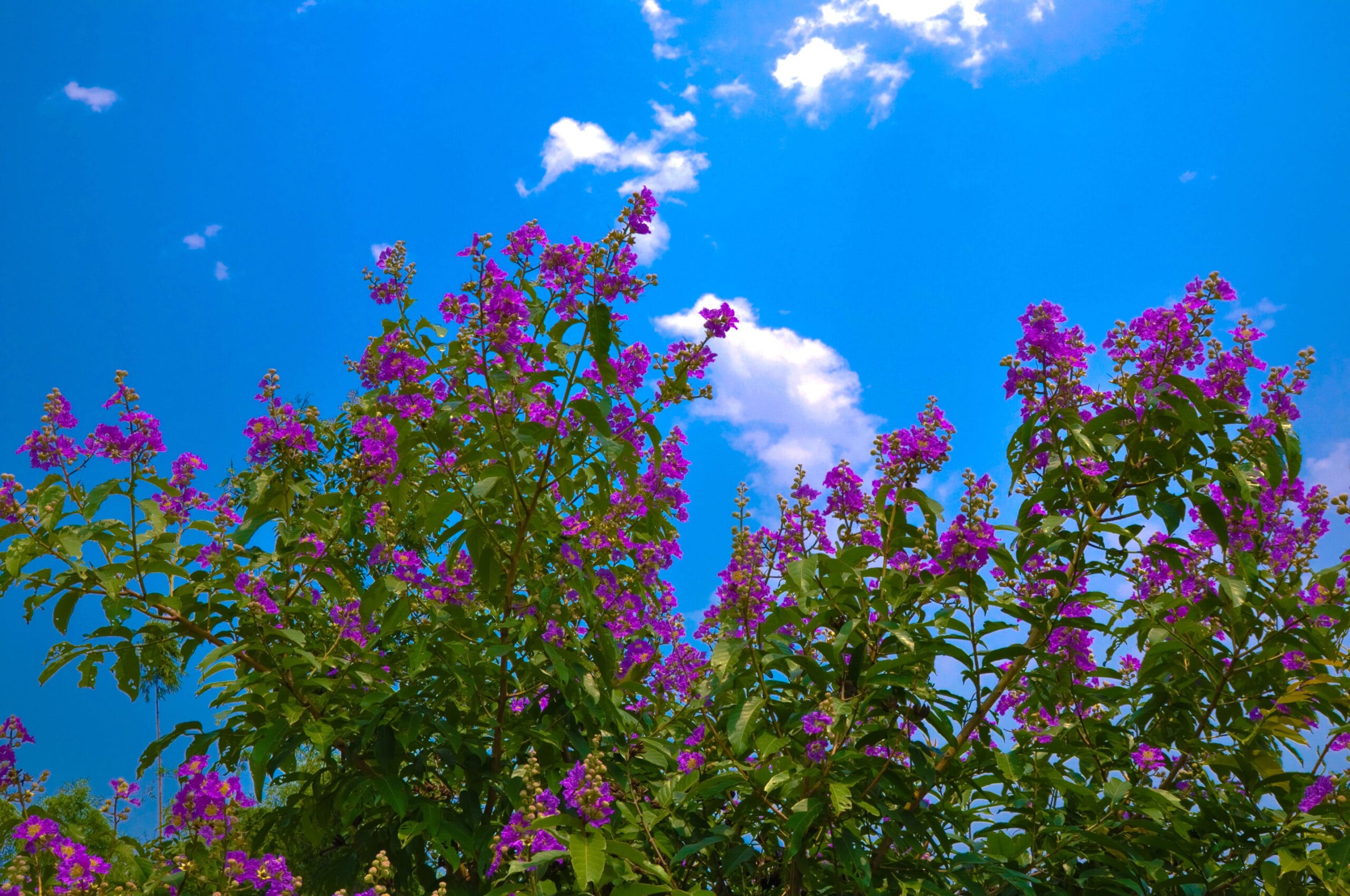Abstract
Banaba (Lagerstroemia speciosa) is a tropical plant widely recognized for its medicinal and ecological significance.
With a rich history rooted in traditional medicine, banaba has been celebrated for its various health benefits, including its ability to support blood sugar regulation and promote kidney health.
Beyond its medicinal uses, banaba offers ecological benefits such as improving soil quality and enhancing biodiversity.
This article explores the benefits of banaba, its history, uses, facts, economic value, and conservation challenges.
Introduction
Banaba, scientifically known as Lagerstroemia speciosa, is a flowering tree native to Southeast Asia.
Revered for its therapeutic properties, banaba has been a cornerstone of traditional medicine for centuries. Communities across the Philippines, India, and Malaysia have long utilized its leaves, flowers, and bark to address a variety of health concerns.
Modern research has validated many of these traditional uses, particularly in managing diabetes and promoting kidney health.
Aside from its medicinal qualities, banaba contributes significantly to environmental conservation and sustainable agriculture.
This article seeks to provide a comprehensive overview of the benefits and significance of this extraordinary plant.
History Of Banaba
The historical significance of banaba spans centuries and cultures in Southeast Asia.
In the Philippines, it has been used as a herbal remedy to treat diabetes, kidney disorders, and urinary tract infections, with its name “banaba” deeply rooted in local languages and traditions.
Indian Ayurveda also recognized its medicinal value, referring to it as an herb for balancing blood sugar levels.
Traditional healers in Malaysia used banaba extracts for their anti-inflammatory and diuretic properties. The tree’s vibrant flowers and resilient growth symbolize strength and endurance in many Asian cultures.
Over the years, scientific studies have confirmed the bioactive compounds in banaba, aligning traditional wisdom with modern pharmacological applications.
Characteristics Of Banaba
Banaba is a deciduous tree that can grow up to 20 meters in height.
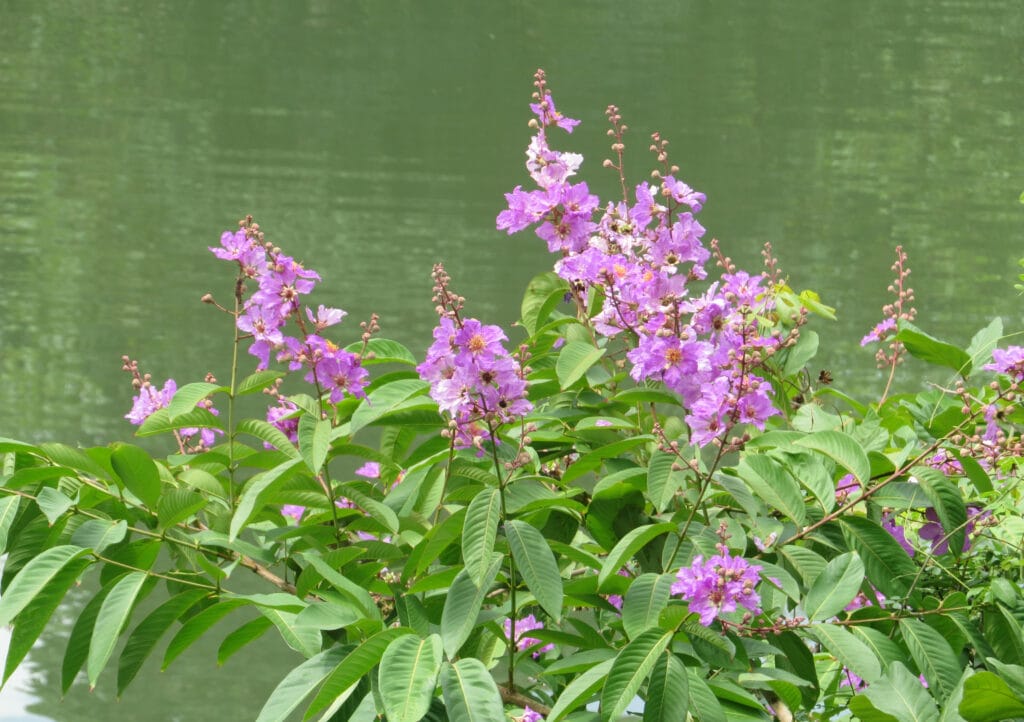
It is characterized by its vibrant purple to pink flowers, which bloom in clusters, and its oblong, glossy leaves.
The plant thrives in tropical climates and is commonly found in forests, riverbanks, and open fields. Its leaves contain corosolic acid, a compound known for its hypoglycemic effects.
Environmental Benefits
Banaba contributes significantly to the environment. Its extensive root system helps prevent soil erosion and improve soil fertility.
The tree provides shade and habitat for various wildlife, supporting biodiversity. Additionally, its flowers attract pollinators, such as bees and butterflies, enhancing local ecosystems.
Benefits Of Banaba
Here are some benefits of Banaba:
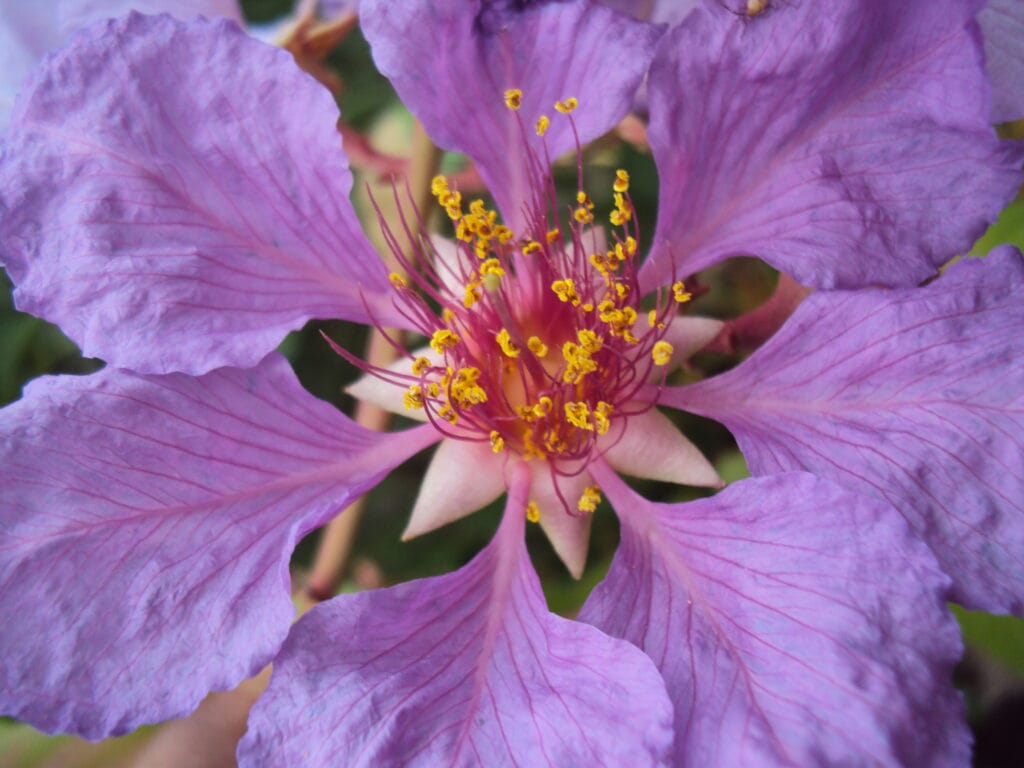
- Blood Sugar Regulation: Banaba leaves contain corosolic acid, which helps lower blood sugar levels by improving insulin sensitivity.
- Weight Management: It aids in reducing carbohydrate absorption, making it a popular ingredient in weight loss supplements.
- Kidney Health: Banaba acts as a natural diuretic, supporting kidney function and flushing out toxins.
- Antioxidant Properties: Its leaves are rich in antioxidants that combat oxidative stress and promote overall health.
- Anti-inflammatory Effects: Banaba’s bioactive compounds help reduce inflammation, benefiting conditions like arthritis.
- Cardiovascular Health: Regular consumption of banaba tea may lower bad cholesterol levels, promoting heart health.
- Immune Support: The plant’s phytochemicals enhance immune function by combating bacterial and viral infections.
Uses
- Medicinal: Banaba leaves are often brewed into teas or processed into capsules for managing diabetes and promoting kidney health.
- Ornamental: The tree’s striking flowers make it a popular choice for landscaping.
- Industrial: Banaba extracts are used in the cosmetic and pharmaceutical industries for their health benefits.
Economic Significance
Banaba is a valuable crop for local economies, particularly in Southeast Asia. It is cultivated for its medicinal leaves, which are exported globally.
The plant’s ornamental value also contributes to the horticultural industry. Additionally, banaba-based supplements have created a niche market in the health and wellness sector.
Market
The global market for banaba products is growing, driven by increasing demand for natural remedies for diabetes and weight management.
Countries like the Philippines and India are major suppliers of banaba leaves and extracts. The rise of online retail has further boosted its accessibility to consumers worldwide.
Conservation and Challenges
Despite its numerous benefits, banaba faces threats from deforestation and overharvesting. Conservation efforts are crucial to ensure sustainable cultivation and protect its natural habitat.
Encouraging agroforestry practices and raising awareness about its ecological importance can help mitigate these challenges.
Interesting Facts About Banaba
Here are some interesting facts about Banaba:
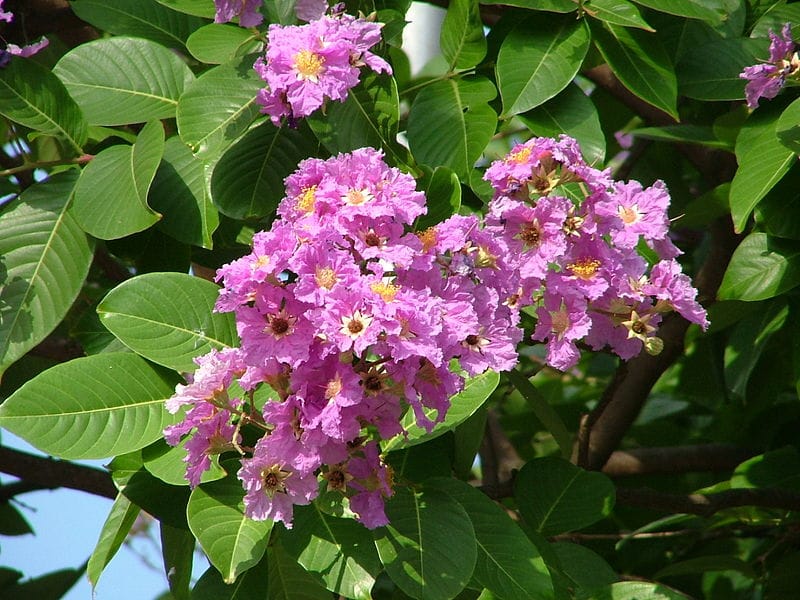
- Banaba is sometimes referred to as the “Pride of India” due to its vibrant flowers.
- The plant’s leaves are not only used medicinally but also in traditional ceremonies in some cultures.
- It is considered a symbol of resilience and strength in Filipino folklore.
- Banaba’s corosolic acid has been studied as a natural alternative to synthetic diabetes medications.
- The tree’s wood is durable and occasionally used for furniture-making in local communities.
Culinary Uses Of Banaba
Banaba leaves are occasionally used to prepare herbal teas known for their earthy flavor and health benefits.
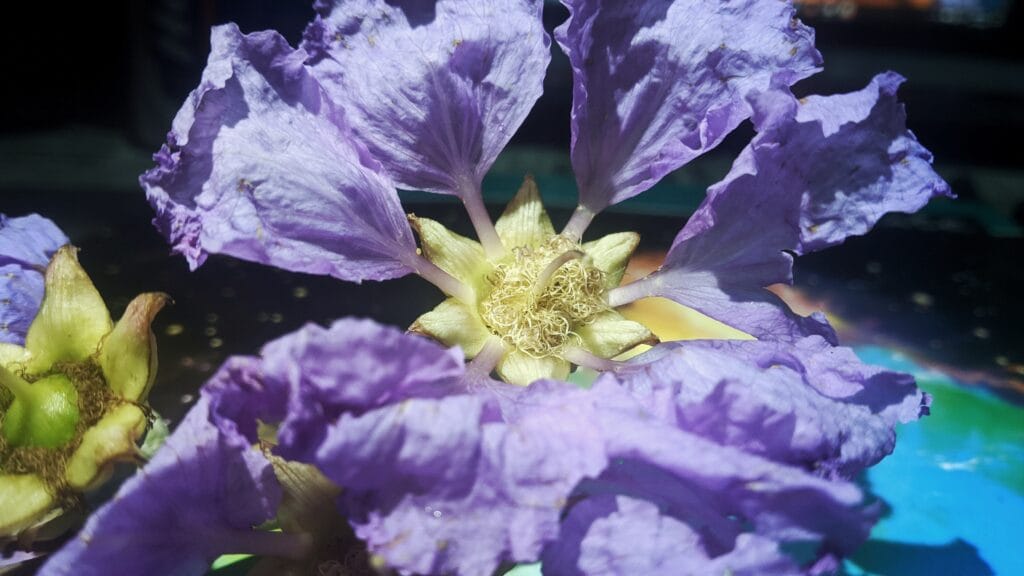
In some regions, the flowers are also used as an ingredient in salads and garnishes.
Traditional Dishes
While primarily medicinal, banaba has found its way into local cuisines in the form of herbal infusions and broths. These preparations are often consumed as health tonics.
Nutritional Benefits
Banaba leaves are rich in corosolic acid, ellagic acid, and other phytochemicals.
These compounds provide anti-inflammatory, antibacterial, and antidiabetic properties. The leaves are also a source of dietary fiber, aiding digestion.
Caution
Although generally safe, excessive consumption of banaba may lead to hypoglycemia in individuals with normal blood sugar levels.
Individuals on diabetes medications should monitor their blood sugar closely to avoid potential complications.
Pregnant and breastfeeding women should consult a healthcare professional before using banaba-based products. Moreover, those with known allergies to plants in the Lythraceae family should exercise caution.
Conclusion
Banaba is a versatile plant with immense potential for improving health and supporting environmental sustainability.
Its rich history, proven medicinal properties, and ecological significance underscore its value in both traditional and modern contexts.
However, the increasing demand for banaba necessitates responsible cultivation practices and conservation efforts to preserve its natural habitats.
By balancing utilization with preservation, we can ensure that the benefits of banaba continue to enhance human health and the environment for generations to come.
Also Read: Benefits of Maca Root (Lepidium meyenii) A Detailed Analysis of its History, Benefits, Uses, Facts and safety
Well, what do you think about the article?
Did you enjoy reading “Benefits of Banaba (Lagerstroemia speciosa) A Detailed Analysis of its History, Benefits, Uses, Facts and safety“?
We really hope that you have found this article informative and engaging. If you have any thoughts or comments about this post, please feel free to share them in the comment section below. We appreciate your feedback and would be glad to hear from you.
To see more content like this check the gardening section of Money For My Beer.

